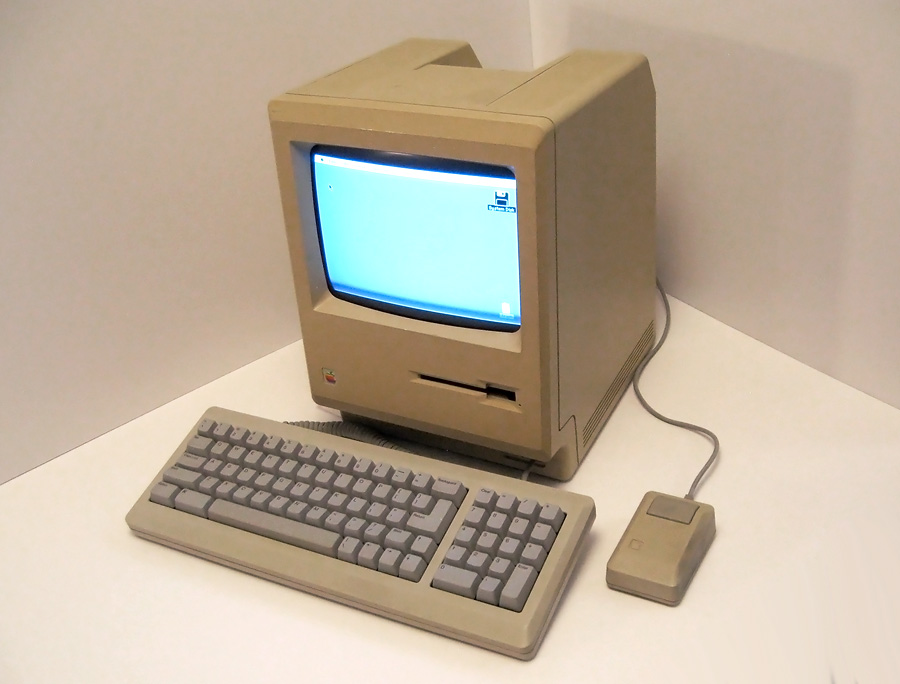We just don't know. The discussion centers around 8nm vs 4N, but realistically it could just as easily be Samsung 5nm. Rumors from long ago suggested that a deal was struck with Samsung to supply multiple components for Nintendos next hardware. Taking on a very low margin/break even SOC deal might be off the table for Samsung if it were by itself, but by bundling in internal memory, game card Nand and maybe the LCD screen, now that is something that could make sense. So I would say Samsung 5nm is just as likely as TSMC 4N, and just because it's performance is not as good as 4N doesn't mean much for this product.


